Flourish Legend has become a professional manufacturer of CNC cutting polycarbonate sheet materials. Regardless of the level of precision and complexity required for the machining polycarbonate products, we are able to provide an automated machining process, comprehensive project management, state-of-the-art assembly lines, and logistics services. Our mission has always been to assist customers in manufacturing high-quality plastic machined parts with competitive pricing and fast delivery times. Custom polycarbonate sheets, being a common type of plastic material, find wide applications in sectors such as construction, decoration, advertising, electronics, telecommunications, and transportation. Discover how you and your company can benefit from our polycarbonate CNC services.
General properties and applications of acrylic and polycarbonate, including CNC machining requirements for acrylic and polycarbonate, and when acrylic or polycarbonate is best used in a specific application.
1. What is acrylic?
1. Acrylic, or polymethylmethacrylate (PMMA), is a transparent thermoplastic commonly used as a substitute for glass. Acrylic is lighter, tougher, and more resistant to UV rays than glass. Acrylic's optical clarity makes it ideal for lenses, display cases, aquariums, and more.
Acrylic is produced in cast or extruded form, with the cast form being more suitable for processing due to its higher melting point and stiffness, although it costs more. Extruded acrylic is more flexible and better suited for bending or forming operations.
2. Characteristics of acrylic
Here are some of the key properties of acrylic:
Optical transparency: Acrylic has excellent optical transparency, with a visible light transmittance of up to 92% and a UV light transmittance of 72%. In comparison, glass has a light transmittance of between 80% and 90%.
Chemical Resistance: CNC machining acrylic is resistant to a wide range of chemicals, including inorganic acids, fuels, oils and aliphatic hydrocarbons. However, alcohol and organic solvents can damage acrylic parts, causing them to blur, crack, or dissolve.
UV Resistant: Acrylic not only reduces UV transmittance, but is also resistant to long-term UV radiation exposure. Unlike other clear plastics such as PVC or unmodified polycarbonate, acrylic does not yellow when exposed to UV light for extended periods of time, maintaining its optical clarity.
Lightweight: Acrylic is 50% lighter than glass, making it an ideal glass replacement in weight-sensitive applications.
Easy to scratch: Acrylic is not resistant to scratches and is easily damaged, so acrylic panels are often coated with an anti-scratch film. However, this is impractical if the part is CNC machined.
Weak toughness: Acrylic is neither particularly tough nor impact resistant. If toughness is required, polycarbonate or other materials are recommended.
When determining the best material to use, acrylic or polycarbonate, the above characteristics should be considered to ensure suitability for the specific application.
2. What is polycarbonate?
1. CNC polycarbonate is a transparent, high-strength engineering thermoplastic commonly used in applications requiring transparency and toughness. Unlike acrylic, polycarbonate can withstand high levels of flexing without cracking.
CNC machined polycarbonate parts, such as eyeglass lenses and diagnostic laboratory equipment, are used in a variety of applications that rely on its clarity and toughness. If you wear glasses, the lenses are most likely made of polycarbonate, not "glass," as they have been since the 1980s.
2. Characteristics of polycarbonate
CNC Polycarbonate stands out for its toughness, processability and heat resistance; however, it is affected by UV radiation and has poor scratch resistance. Here are some of the key properties of polycarbonate:
Optically Clear: CNC machining polycarbonate has a light transmittance of up to 90%, slightly lower than acrylic’s 92%, but still slightly better than glass. Polycarbonate also blocks UV radiation.
High Toughness: Machining polycarbonate is a tough material that is highly resistant to impact loads, capable of absorbing impacts without cracking. Due to its toughness, polycarbonate is used in bulletproof windows.
Fire resistance: Polycarbonate is resistant to flames and will not burn when exposed to an open flame, and the material is self-extinguishing, i.e. polycarbonate will not burn when exposed to an open flame and stops burning when the flame is removed. Specifically, polycarbonate has a flame retardant rating of B1, which means it is "low" flammable.
Contains BPA(s): Some polycarbonate grades contain bisphenol A (BPA) and therefore cannot be used in food containers. Heating polycarbonate will accelerate the release of BPA. This chemical has been linked to a number of adverse health effects, such as cancer and reproductive damage, but BPA-free variants of polycarbonate are also available (such as Tritan).
Poor UV resistance: Custom Polycarbonate is not resistant to UV radiation, so over time the plastic will yellow and the surface will be damaged by UV radiation. UV stabilizers can be added to polycarbonate to prevent yellowing and brittleness due to UV exposure.
Poor scratch resistance: Although CNC polycarbonate is a tough plastic, it is less scratch resistant than acrylic. Therefore, it is often necessary to apply a scratch-resistant coating such as silicon dioxide or titanium dioxide, which can be challenging for geometrically complex parts due to the complex vacuum deposition process.
3. Processing of acrylic and polycarbonate
1. Tools
When machining acrylic and polycarbonate, it is critical to use sharp cutting tools to limit friction between the tool and the part. A dull drill will cause the plastic to melt due to the heat generated by friction, creating a coating. Typically, for thermoplastics, tungsten carbide tools are preferred, but polycrystalline diamond (PCD) tools provide the best results. An upcut spiral tool with one or two spiral flutes is often the best tool for milling acrylic and laser cutting polycarbonate because the tool has a high material removal rate, is very sharp, and does not leave burrs on the machined part. Multi-fluted tools can cause chips to accumulate in holes and grooves and allow material to stick to the cutting tool. For drilling operations, it is best to use a sharp 135-degree drill angle.
2. Clamping
Both custom polycarbonate and acrylic can warp if the clamps are too tight because it causes the part to bulge during machining. Once removed from the machine, the material will spring back, causing features to be out of tolerance. However, when mechanical clamping is not ideal, a vacuum table can hold the material in place. Alternatively, double-sided tape can also be used to secure thinner boards to the machine tool, although tape residue may be difficult to remove.
3. Speed and feed
The exact speeds and feeds for processing polycarbonate and acrylic depend on many factors, including machine type, part type and fixtures. However, polycarbonate and acrylic must be cut at high spindle speeds (up to 18,000 RPM), and high feed speeds are also preferred, as slow feed speeds may melt the material. Custom cut polycarbonate has a higher melting temperature than acrylic, so it melts less easily at low speeds and feeds, and sometimes polycarbonate prefers slower feed rates. Acrylic tends to chip more easily, while polycarbonate is tougher and less likely to chip.
4. Cooling
In most cases, compressed air is sufficient to cool acrylic and polycarbonate parts during processing. However, this highly depends on the speed, feed and type of cutting operation. If immersion or mist cooling is required, use a water-based coolant, as coolants containing organic solvents may damage parts, especially acrylic.
4. Choice between acrylic and polycarbonate CNC machining
When choosing acrylic vs. polycarbonate for CNC machining, the decision depends on a variety of factors. For example, applications that require increased toughness, higher heat resistance, and good optical clarity are better candidates for polycarbonate.
Acrylic is slightly superior in terms of optical transparency, and is more suitable when transparency is the main design factor in applications. Both materials are easy to machine, provided speeds and feeds are relatively high. In some cases, post-processing polishing operations may be required, particularly where optical clarity is required.
PC sheets are a common type of plastic sheet that offer advantages such as high strength, high transparency, high-temperature resistance, and corrosion resistance. These custom cutting polycarbonate sheets are widely used in industries such as electronics, optoelectronics, automotive, and construction. Here are some key points regarding the machining of PC sheets:
| Services | Applications |
| Cutting | CNC polycarbonate PC sheets can be cut using equipment such as saws, cutting machines, or laser cutting machines. When cutting, factors such as tool selection, cutting speed, and cutting depth need to be considered to ensure cutting quality and efficiency. |
| Drilling | CNC machining polycarbonate PC sheets can be drilled using equipment like drilling machines and drill bits. When drilling, factors such as drill bit selection, drilling speed, and the use of coolant need to be considered to ensure drilling quality and efficiency. |
| Thermal Bending | PC polycarbonate parts can be thermally bent using equipment such as heat guns or hot plates. When thermal bending, factors such as heating temperature, heating time, and bending angle need to be considered to ensure bending quality and efficiency. |
| Cold Bending | Custom cut polycarbonate sheets can be cold bent using equipment like bending machines or bending molds. When cold bending, factors such as bending angle, bending radius, and sheet thickness need to be considered to ensure bending quality and efficiency. |
| Adhesive Bonding | Machined polycarbonate PC sheets can be bonded using specialized adhesive for PC sheets. When bonding, factors such as adhesive selection, surface preparation for bonding, and bonding pressure need to be considered to ensure bonding quality and effectiveness. |
| In summary, the CNC polycarbonate machining requires attention to the material properties and process requirements, selecting appropriate equipment and tools to ensure machining quality and efficiency. | |
PC board is also called CNC machining polycarbonate board, polyester board, and Capron board. CNC polycarbonate is made of high-performance engineering plastics-polycarbonate (PC) resin, which has the characteristics of high transparency, light weight, impact resistance, sound insulation, heat insulation, flame retardant, and anti-aging. Technology, excellent comprehensive performance, energy-saving and environment-friendly plastic sheet.
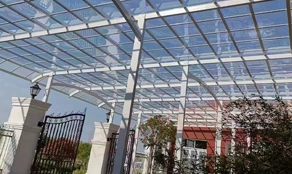
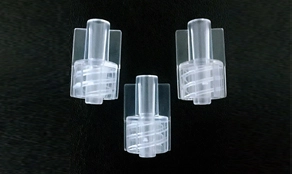
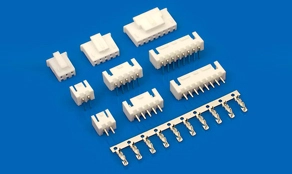
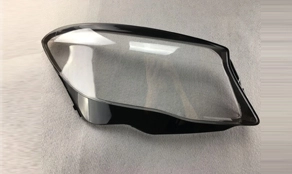
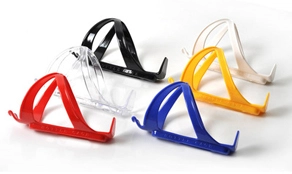
Flourish Legend has become a professional manufacturer of CNC cutting polycarbonate sheet materials. Regardless of the level of precision and complexity required for the machining polycarbonate products, we are able to provide an automated machining process, comprehensive project management, state-of-the-art assembly lines, and logistics services. Our mission has always been to assist customers in manufacturing high-quality plastic machined parts with competitive pricing and fast delivery times. Custom polycarbonate sheets, being a common type of plastic material, find wide applications in sectors such as construction, decoration, advertising, electronics, telecommunications, and transportation. Discover how you and your company can benefit from our polycarbonate CNC services.
CNC machining offers highly precise control capabilities, enabling extremely fine machining. Custom polycarbonate parts, being a high-performance plastic, requires precise cutting and shaping. Custom CNC machining provides high-precision results, ensuring the accuracy of dimensions, shapes, and surface quality required for PC materials.
PC polycarbonate parts material exhibits good plasticity and toughness, allowing for the manufacturing of complex shapes and structures. CNC machining, through the flexibility of computer numerical control programs, can achieve complex cutting and carving of PC materials, including curves, indentations, slopes, and various other shapes. Whether producing small-batch personalized components or manufacturing intricate PC material models, CNC polycarbonate machining can efficiently realize these requirements.
CNC polycarbonate machining is highly automated, enabling continuous and efficient processing through pre-programmed numerical control instructions. Compared to traditional manual or other machining methods, 5 axis CNC machining service for custom polycarbonate sheets significantly reduces processing time and enhances production efficiency. For large-scale production of PC material components or batch production requirements, CNC machining is a highly efficient choice.
CNC polycarbonate machining can be flexibly adjusted and modified according to the needs, making it adaptable to PC material components of different shapes and specifications. Once the correct numerical control program is written, it can be easily reused, ensuring consistency and repeatability in each machining process. This flexibility and repeatability make CNC machining well-suited for cutting polycarbonate material processing that requires frequent design changes or large-scale production.
ISO International Quality Management System
Equipped with ISO 9001 certificate, we are able to support your OEM/ODM production.
Quality Control
We will check color, appearnce and tolerance by qulity control at every step during manufacturing process.
Low & High Volume Manufacturing
Besides high-volume production, we can also provide good solutions for your low-volume production (MOQ》1) with prototyping process.
Competitive Price
Our continuous investments in equipment and QC systems help us to get higher efficiency and quality which decrease reject ratio and increase market competitiveness in delivery qualified parts on time.
Reliability and Stability
Our 24 hours | 3 shifts production systems help your parts get into markets quickly and steadily.